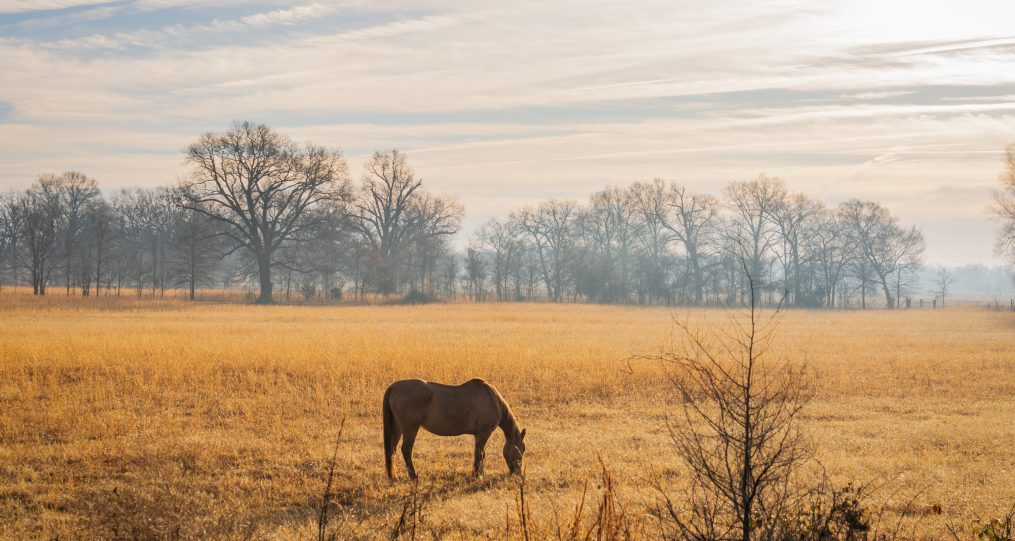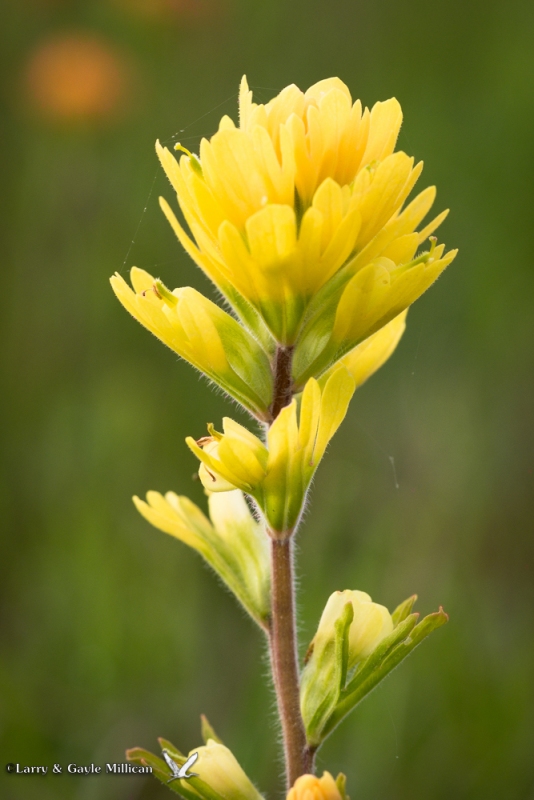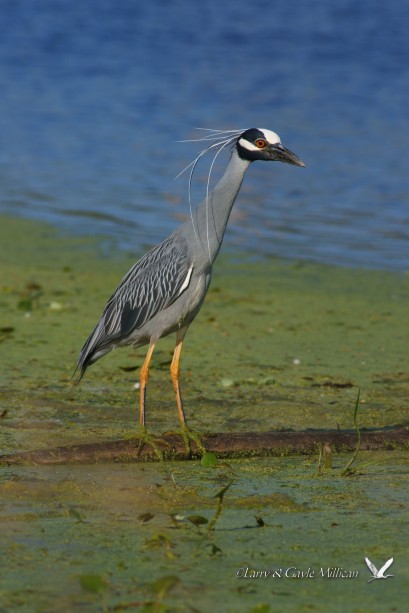The Janet Huckabee Arkansas River Valley Nature Center, actually. That’s a mouthful; so those of us in the area simply say “The Nature Center.” Regardless, it is a marvelous nature resource for the Western Arkansas region.
Recently, Jim Nieting and I spent a few morning hours walking some of the trails at the Nature Center, with cameras in hand. Once again, I was amazed at the resource this is for us. We saw or heard a number of bird species, numerous butterflies, a cottontail rabbit, and more…
At the Visitor Center, the staff has installed housing for Purple Martins, and it is very active. Here are a couple of nestlings looking for their parents.

Looking for their next meal on the wing
Also, near the Visitor Center, are a number of Canada Geese. Most of us have more photos than we’ll ever need of this species, but I usually cannot resist taking another.

Canada Goose at the Nature Center
From the Visitor Center, we headed out on the Beaver Creek Trail, where we heard and eventually found probably the highlight of the morning: a pair of yellow-billed cuckoos. Here’s one of them.

Yellow-Billed Cuckoo, with snack
Lots of butterflies, including this Pipevine Swallowtail:

Pipevine Swallowtail, enjoying the sun
On the Wells Lake Trail, we found this Cottontail Rabbit, very near Wells Lake. He posed for us for quite some time.

Cottontail Rabbit, near Wells Lake
Among the butterflies, we saw Hummingbird Moths. Hard to photograph, because they never stop moving – and they move fast! 🙂

Hummingbird Moth at the Nature Center
Finally, as I was heading home, I saw this Scissor-Tailed Flycatcher on a high-line wire. Technically, not at the Nature Center, but close enough to count as part of my morning adventures…

Scissor-tailed Flycatcher, near the Nature Center
The Janet Huckabee Arkansas River Valley Nature Center is one of 4 the Arkansas Game & Fish Commission has built across the state of Arkansas. In Western Arkansas, we are appreciative of and thankful for the facility. As you can see, there is a large variety of fauna as well as flora to be seen here; I’ve only touched on a small portion of it.
All photos were taken with a Sony Alpha 77, and a Tamron 200-500 lens. Yes, I used a tripod, built by Manfrotto.
Also, a big thank you to my fellow photographer, Jim Nieting. Definitely a better birder than I; several he saw and identified before I knew they were around. 🙂


















































